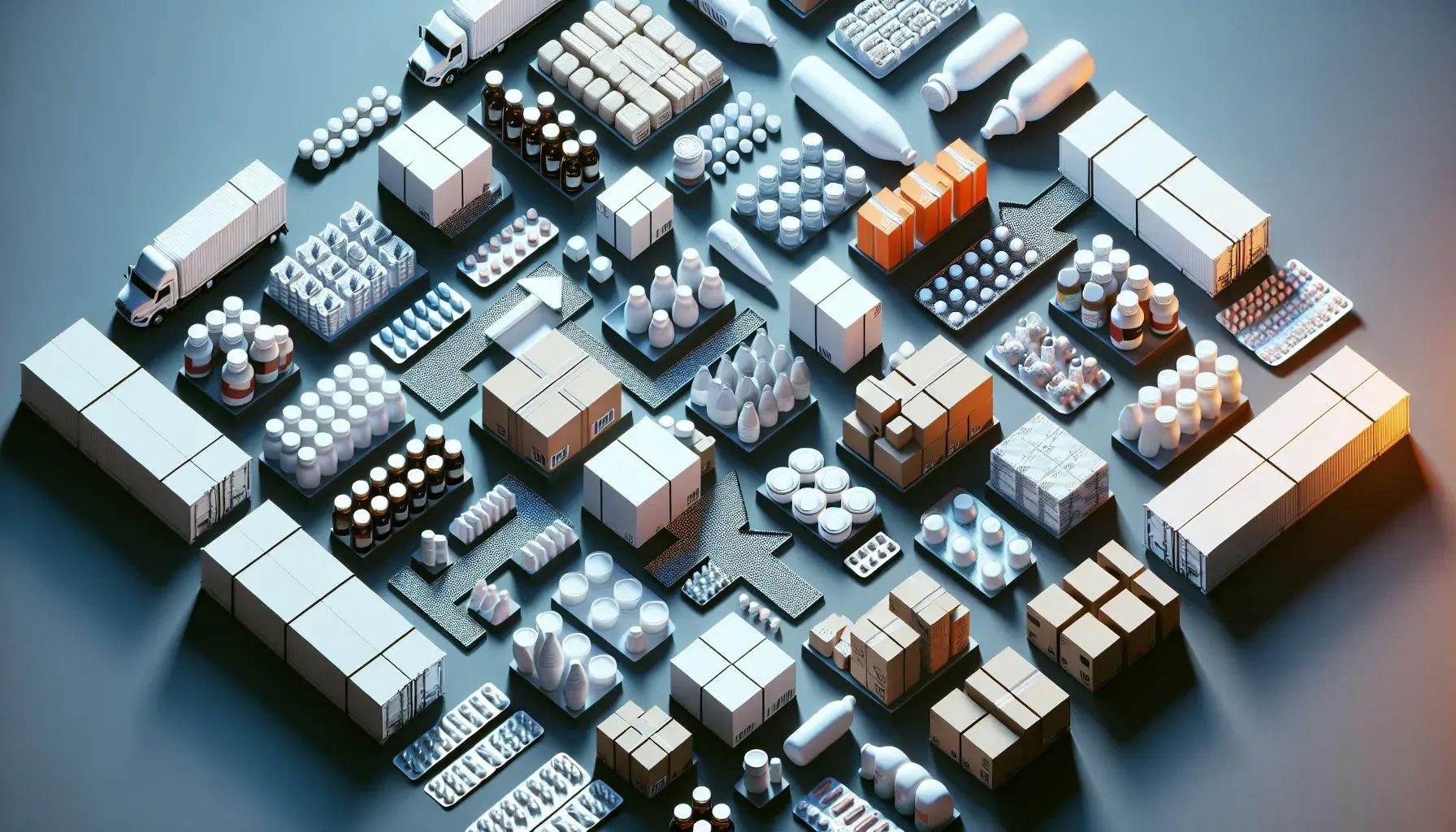The pharmaceutical industry is a crucial sector in healthcare, ensuring that life-saving medications reach the hands of those who need them. However, the distribution of these pharmaceuticals is not without its challenges. This blog post will delve into the complexities and hurdles that are part and parcel of pharmaceutical distribution. It will also explore potential solutions to these challenges, aiming to shed light on this critical aspect of healthcare delivery.
Regulatory Compliance and Quality Assurance
Pharmaceutical distribution involves a complex web of regulations that companies must navigate. These regulations are in place to ensure the safety and efficacy of the drugs being distributed. However, compliance can be a significant challenge, especially for companies operating in multiple jurisdictions, each with its unique set of rules.
Quality assurance is another critical aspect of pharmaceutical distribution. Companies must ensure that the drugs they distribute are stored and transported under the right conditions to maintain their efficacy. This involves maintaining the correct temperature and humidity levels, among other factors. Failure to do so can result in the degradation of the drugs, rendering them ineffective or even harmful.
Managing Supply Chain Complexity
The pharmaceutical supply chain is a complex network that involves multiple stakeholders, including manufacturers, distributors, pharmacies, and healthcare providers. Managing this complexity can be a significant challenge. Companies must ensure that they have robust systems in place to track and trace their products throughout the supply chain. This is crucial not only for regulatory compliance but also for ensuring the integrity of the drugs being distributed.
Moreover, the pharmaceutical supply chain is often global in nature, adding another layer of complexity. Companies must navigate different regulatory environments, deal with customs and import regulations, and manage logistics across different countries and regions. This requires a high level of coordination and efficient communication among all stakeholders.
Tackling Counterfeit Drugs
Counterfeit drugs pose a significant challenge in pharmaceutical distribution. These fake drugs not only undermine the trust in the pharmaceutical industry but also pose a serious risk to public health. Companies must invest in technologies and systems to detect and prevent the infiltration of counterfeit drugs into their supply chain.
This involves implementing robust track and trace systems, investing in advanced packaging technologies, and collaborating with law enforcement agencies. Companies must also educate their customers about the risks of counterfeit drugs and how to identify them.
Ensuring Accessibility and Affordability
Ensuring that drugs are accessible and affordable to those who need them is another significant challenge in pharmaceutical distribution. This is especially true in low and middle-income countries, where access to essential medicines can be limited.
Companies must work with governments, non-profit organizations, and other stakeholders to develop strategies to improve access to medicines. This can involve negotiating pricing agreements, developing patient assistance programs, and investing in local manufacturing capabilities.
Adapting to Technological Changes
The pharmaceutical industry, like many others, is undergoing a digital transformation. This presents both opportunities and challenges for pharmaceutical distribution. Companies must adapt to these technological changes, which can involve significant investments in new systems and processes.
These technologies can help improve efficiency, enhance traceability, and provide better visibility into the supply chain. However, implementing these technologies can be a complex process, requiring careful planning and execution.
Navigating the Impact of Global Events
Global events, such as pandemics and political unrest, can have a significant impact on pharmaceutical distribution. These events can disrupt supply chains, create regulatory uncertainties, and increase the demand for certain drugs.
Companies must have contingency plans in place to manage these risks. This can involve diversifying their supply chains, stockpiling essential drugs, and developing flexible distribution strategies that can adapt to changing circumstances.
Concluding Thoughts on Challenges in Pharmaceutical Distribution
The challenges in pharmaceutical distribution are complex and multifaceted. From regulatory compliance and quality assurance to managing supply chain complexity and tackling counterfeit drugs, companies must navigate a myriad of hurdles. However, with the right strategies and a commitment to continuous improvement, these challenges can be overcome. The future of pharmaceutical distribution lies in leveraging technology, fostering collaboration, and prioritizing patient safety and access to essential medicines.

